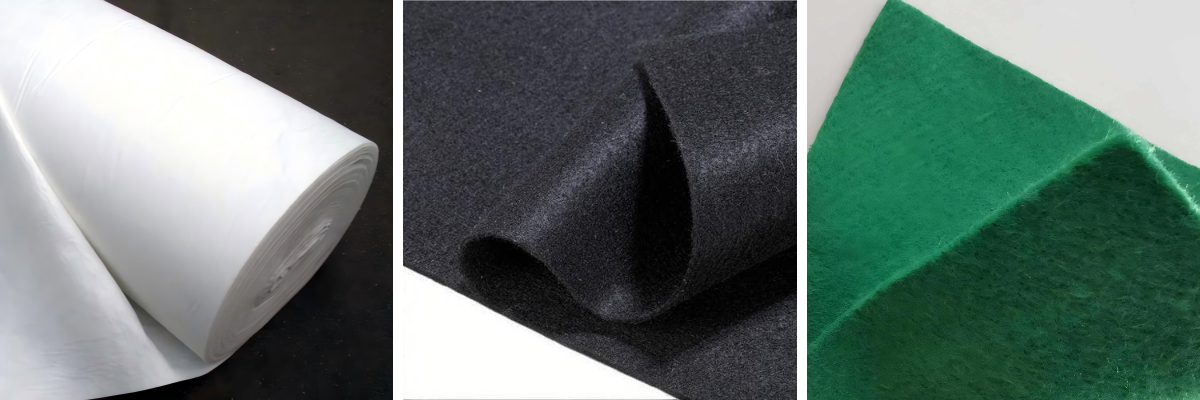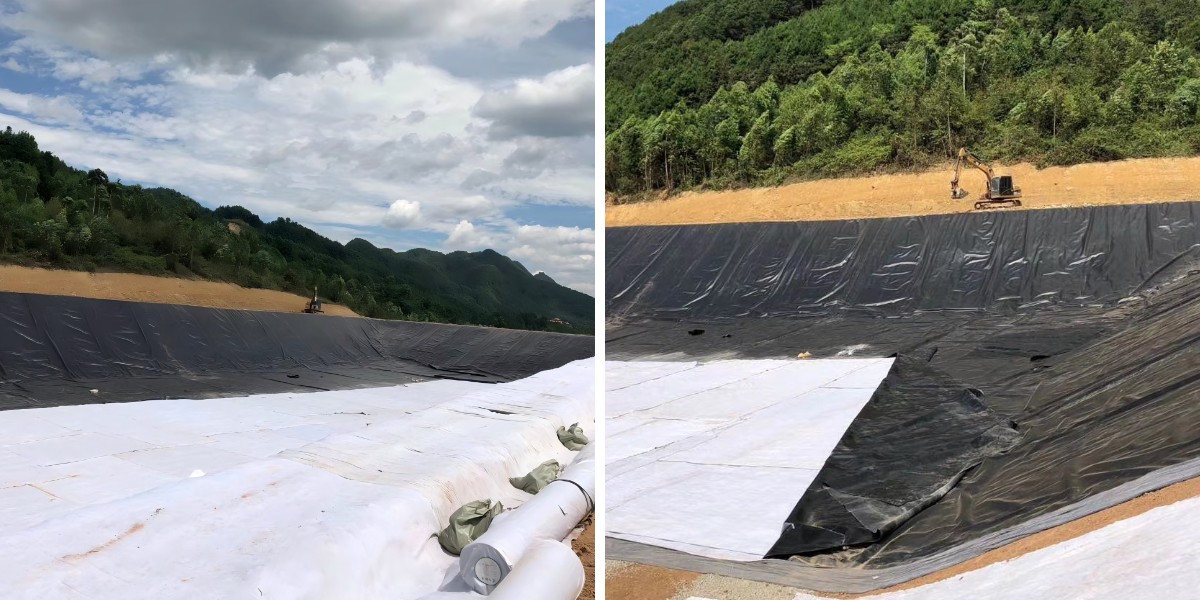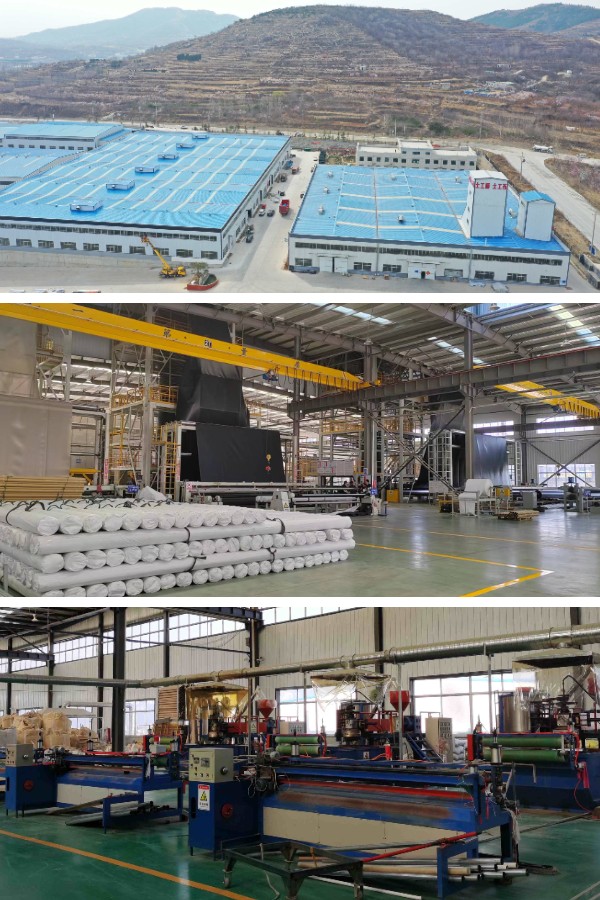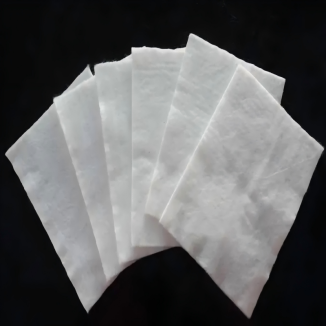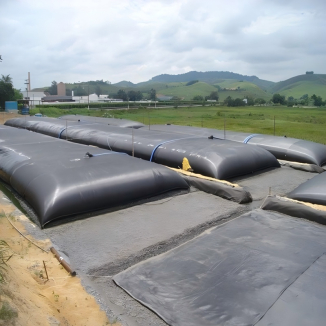Why Geotextile Cloth is Essential for Modern Construction and Landscaping
In the evolving world of development and landscaping, efficiency, sustainability, and sturdiness are non-negotiable—and geotextile material has emerged as a foundational cloth that promises on all three fronts. This artificial fabric, engineered for geotechnical applications, solves necessary challenges like soil erosion, drainage issues, and structural instability that have plagued initiatives for decades. From highways to outside gardens, geotextile fabric enhances performance, reduces costs, and promotes eco-friendly practices. This information explores why it’s vital in contemporary projects, with a center of attention on non woven geotextile and non woven filter material variants, their special benefits, and how they radically change building and landscaping outcomes.
What is Geotextile Cloth, and Why Does It Matter?
Geotextile material is a permeable artificial cloth made from polypropylene, polyester, or different long lasting polymers. Unlike ordinary textiles, it’s designed to engage with soil, water, and different building substances to enhance task integrity. Its core functions—separation, filtration, drainage, reinforcement, and erosion control—address the most frequent ache factors in building and landscaping.
Among the most extensively used sorts are non woven geotextile and non woven filter fabric. Non woven geotextile is made through entangling fibers (via needle-punching or thermal bonding), growing a porous, bendy cloth best for filtration and drainage. Non woven filter fabric, a subset of non woven geotextile, is specialised for trapping soil particles whilst permitting water to flow—critical for stopping clogging in drainage systems. Together, these variations structure the spine of current geotextile applications.
1. Soil Separation: Keeping Layers Intact
One of the fundamental roles of geotextile fabric is soil separation—preventing extraordinary soil or combination layers from mixing. In construction, for example, when constructing a avenue or driveway, gravel is laid over subsoil to create a steady base. Without geotextile cloth, exceptional subsoil particles would migrate into the gravel over time, lowering its load-bearing potential and main to potholes or ruts.
Non woven geotextile excels right here due to its dense fiber structure. It acts as a barrier that continues subsoil and gravel separate, preserving the base’s integrity for years. In landscaping, this separation is equally valuable: when developing raised backyard beds or terraces, geotextile material prevents soil from mixing with drainage substances like perlite or gravel, making sure acceptable water drift and plant health.
2. Filtration & Drainage: Managing Water Effectively
Water administration is a make-or-break component in any project, and geotextile cloth—especially non woven filter fabric—is a grasp at it. Non woven filter cloth has managed porosity: it traps high-quality soil particles (down to microns) whilst permitting water to omit thru freely. This prevents drainage structures from clogging, whether or not in French drains, septic fields, or panorama swales.
In construction, non woven geotextile traces drainage trenches to filter water earlier than it enters pipes, lowering protection expenses and extending gadget lifespan. In landscaping, it’s used below pavers or stone paths to drain extra water, stopping puddles and mildew growth. For sloped gardens, it works with drainage mats to channel water away from plants, warding off root rot and erosion.
3. Erosion Control: Protecting Soil from Runoff
Erosion is a highly-priced chance to each development web sites and landscapes. Uncontrolled runoff can wash away topsoil, destabilize slopes, and harm structures. Geotextile fabric acts as a shielding barrier, keeping soil in location whilst permitting vegetation to develop through.
Non woven geotextile is frequently used in erosion manage mats, which are laid over naked soil on slopes or building sites. The mat traps soil particles, slows down runoff, and offers a secure surroundings for grass or native seeds to germinate. Over time, the vegetation reinforces the soil, developing a herbal erosion defense. For coastal or riverbank projects, geotextile material with UV resistance stands up to harsh weather, defending beaches from wave damage.
4. Structural Reinforcement: Adding Strength Without Bulk
Traditional reinforcement strategies (like metal or concrete) add weight and price to projects. Geotextile material affords a lightweight, good value choice by way of including tensile energy to soil and structures.
In construction, woven geotextile material is used to enhance maintaining walls, embankments, and landfill covers. It distributes masses evenly throughout the structure, stopping cracking or collapse. In landscaping, it reinforces steep garden slopes or terracing, permitting house owners to create usable house barring the rate of concrete walls. Even in small projects, like putting in a mailbox post, wrapping the base with non woven geotextile prevents soil from shifting, maintaining the submit stable.
Non Woven Geotextile vs. Other Types: Why It’s a Top Choice
While woven and knitted geotextiles have their uses, non woven geotextile (including non woven filter fabric) is the most versatile for development and landscaping. Here’s why:
Flexibility: It conforms to irregular surfaces—curved slopes, uneven terrain, or complicated pipe layouts—better than inflexible woven geotextiles.
Filtration: Non woven filter cloth outperforms woven kinds in trapping great particles, making it best for drainage systems.
Ease of Installation: Lightweight and handy to cut, it can be mounted by means of hand or with fundamental tools, lowering labor time.
Cost-Effectiveness: It’s greater low-priced than woven geotextiles whilst turning in related overall performance for most residential and mild business projects.
Real-World Applications: Where Geotextile Cloth Shines
Geotextile material is used in almost each nook of building and landscaping. Here are some frequent examples:
Construction
Roads & Highways: Non woven geotextile separates subsoil and gravel, lowering pavement cracking and extending avenue life.
Landfills: It traces landfill cells to forestall leachate from seeping into groundwater, working with non woven filter material to filter contaminants.
Building Foundations: It drains extra water away from foundations, stopping moisture harm and cracks.
Landscaping
Garden Beds: Geotextile fabric acts as a weed barrier, blockading daylight whilst letting water and vitamins bypass through.
Paver Patios & Walkways: Non woven filter cloth below pavers drains water and prevents sand from mixing with soil, maintaining the floor level.
Water Features: It traces ponds or streams to forestall soil erosion and maintain water clear, working with underlayment for introduced durability.
Why Modern Projects Can’t Afford to Skip Geotextile Cloth
The advantages of geotextile fabric translate without delay to higher challenge consequences and fee savings:
Reduced Maintenance: Prevents erosion, clogging, and structural damage, reducing long-term restore costs.
Faster Installation: Lightweight and handy to use, it speeds up undertaking timelines in contrast to ordinary methods.
Sustainability: Reduces the want for concrete or steel, reducing carbon footprints. Many non woven geotextile merchandise are made from recycled materials.
Versatility: Works in each and every task phase, from basis prep to closing landscaping, putting off the want for a couple of specialised materials.
Conclusion: Geotextile Cloth—A Modern Must-Have
Geotextile cloth, in particular non woven geotextile and non woven filter fabric, is no longer an non-compulsory add-on however an quintessential element of contemporary development and landscaping. Its capability to separate soil, filter water, manage erosion, and give a boost to constructions addresses the industry’s largest challenges whilst promotion effectivity and sustainability.
Whether you’re constructing a highway, putting in a patio, or restoring a slope, geotextile material provides outcomes that store time, money, and headaches. By appreciation its advantages and applications, you can raise your projects—creating constructions and landscapes that are stronger, greater durable, and kinder to the environment. In the world of cutting-edge building and landscaping, geotextile material isn’t simply a material—it’s a solution.
Contact Us
Company Name: Shandong Chuangwei New Materials Co., LTD
Contact Person :Jaden Sylvan
Contact Number :+86 19305485668
WhatsApp:+86 19305485668
Enterprise Email: cggeosynthetics@gmail.com
Enterprise Address: Entrepreneurship Park, Dayue District, Tai 'an City,
Shandong Province


